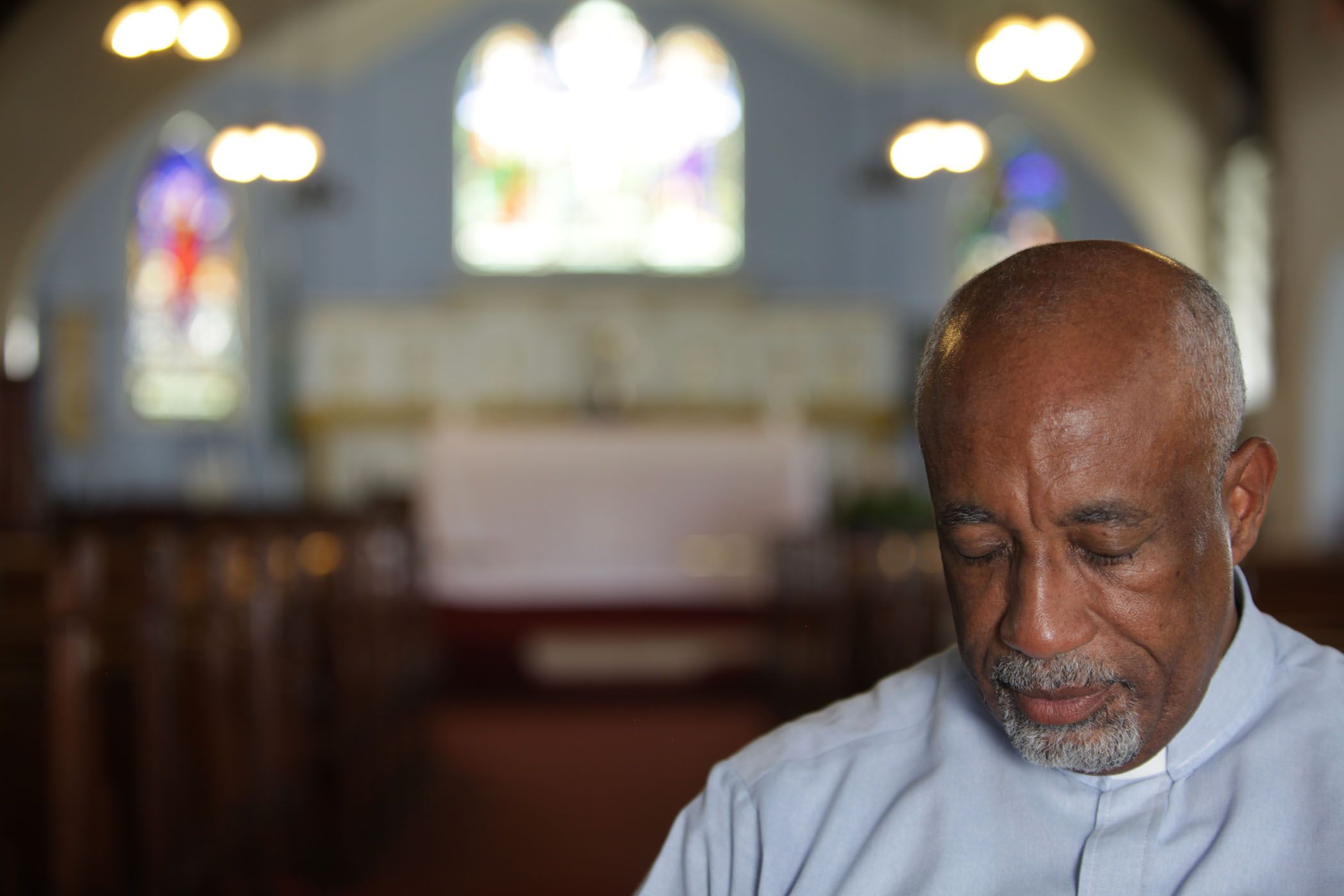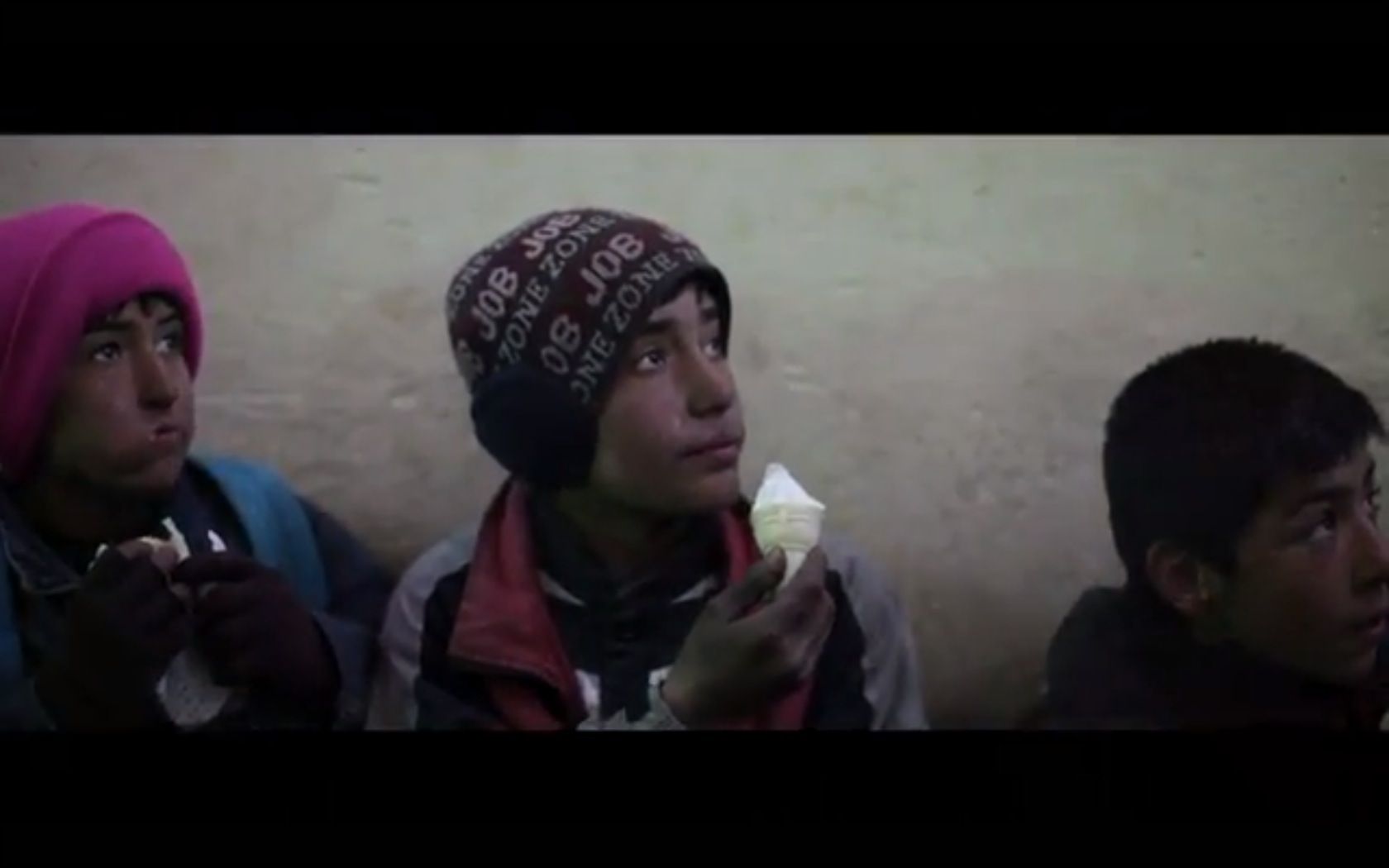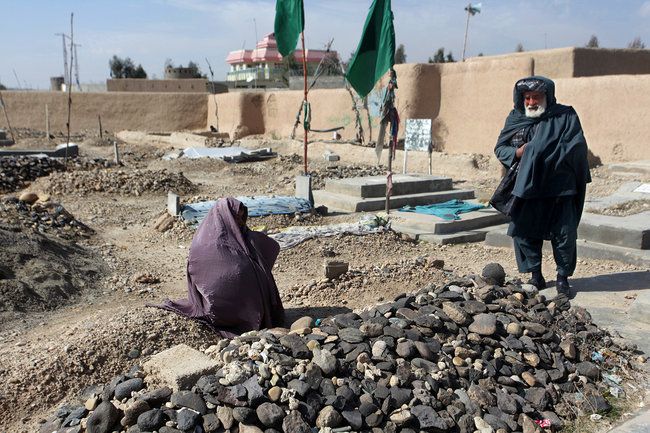Printable PDFs/Word Documents for this Lesson:
Objective:
By the end of this lesson, you will be able to analyze how two communities use poetry to illuminate challenges in their lives in order to create your own poetry exploring social issues that are important to you.
Introducing the Lesson:
In this lesson, you will analyze two Pulitzer Center-supported reporting projects about how communities from two different countries use poetry to cope with discrimination. The first project, "Shame: HIV/AIDS and the Church in Jamaica," highlights the difficulties people with HIV/AIDS have in Jamaica, a religious and highly conservative country. The second project, "Afghanistan: On Love and Suicide," discusses the oppression of women in Afghanistan. The subjects of both projects use poetry to communicate their feelings in relation to their struggles.
Warm-up:
Write your responses to the following questions on a separate sheet of paper. Be prepared to discuss the following questions with a partner and/or the class.
- What is the purpose of poetry?
- Why do people write poems?
- How does poetry benefit the poet? How does it benefit the audience?
- What is the connection between poetry and journalism?
Introducing the Resources:
Read the articles attached. After reading each article, answer the accompanying comprehension questions.
- Why do you think poetry is a popular form of expression in these two communities?
- How does poetry help the Afghan women and communities with HIV/AIDS in Jamaica?
Discussion for "The Guardy and the Shame: HIV and the Jamaican Church"
Watch the video "To Disclose or Not?" from the multimedia piece The Guardy and the Shame: HIV and the Jamaican Church
- How did Carol Flemmings contract HIV?
- Why is there a stigma against HIV/AIDS in Jamaica?
After you answer these questions, explore the site, Live.Hope.Love, where you can read the poems mentioned in Dawes and Lambertson's project.
Pick a poem that you like the most. Write why you have picked this poem, and how you think this poem illustrates the challenge this author is facing.
Discussion for "Ancient Afghan Poetry Form Adapts to Tell Story of Modern Life and Conflict"
- What is a landai?
- How do landais dispel stereotypes about Afghan women?
- Why do women want to keep landais anonymous?
Discussion for "Why Afghan Women Risk Death to Write Poetry"
- What city doesn’t forbid women from writing landais?
- How was Zarmina a poet-martyr?
- Why don’t Pashto stories feature two lovers?
Pick one landai that you enjoy. Write a short reflection explaining why you picked this landai, and how you think it illustrates the challenge this author is facing.
Extension Activity:
- Research a social issue that is relevant to your community.
- Write a long form poem and landai about the topic.
Be prepared to share your work with the class. Share your work with the Pulitzer Center by tweeting @pulitzercenter or emailing your poems to [email protected].
In this lesson plan, which is in line with common core standards, students will investigate educational resources in order to understand how poetry can be used as a means of communication.
Determine an author’s point of view or purpose in a text and analyze how an author uses rhetoric to advance that point of view or purpose.
Lesson Facilitation Notes:
1. The lesson plan is written for students to be able to explore the resources independently and reflection exercises independently.
2. Students may need to have an extra sheet of paper, or a blank online document open, to answer the warm up, comprehension and extension questions.
3. The lesson lists an extension exercise.
4. The warm up and post-reading reflections in this lesson could also lead to rich conversations. You may want to work through the lesson along with the students and denote moments for interactive activities
5. With questions about this lesson, contact [email protected].





